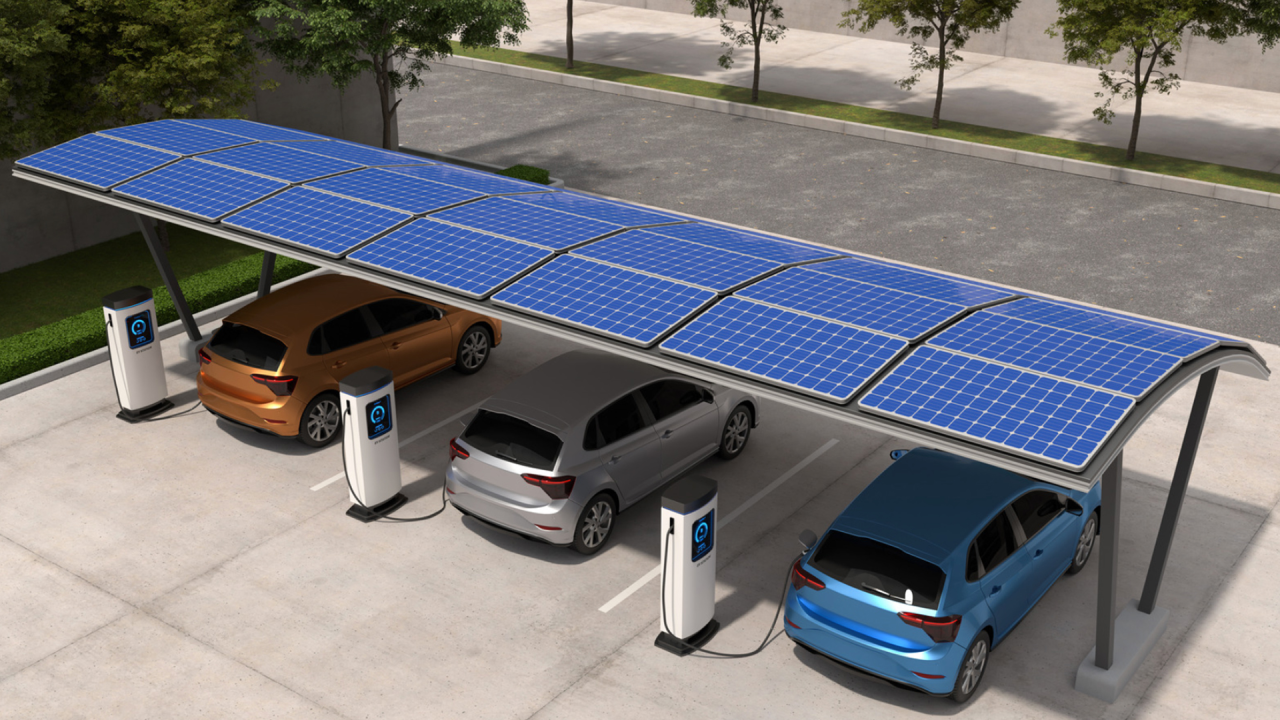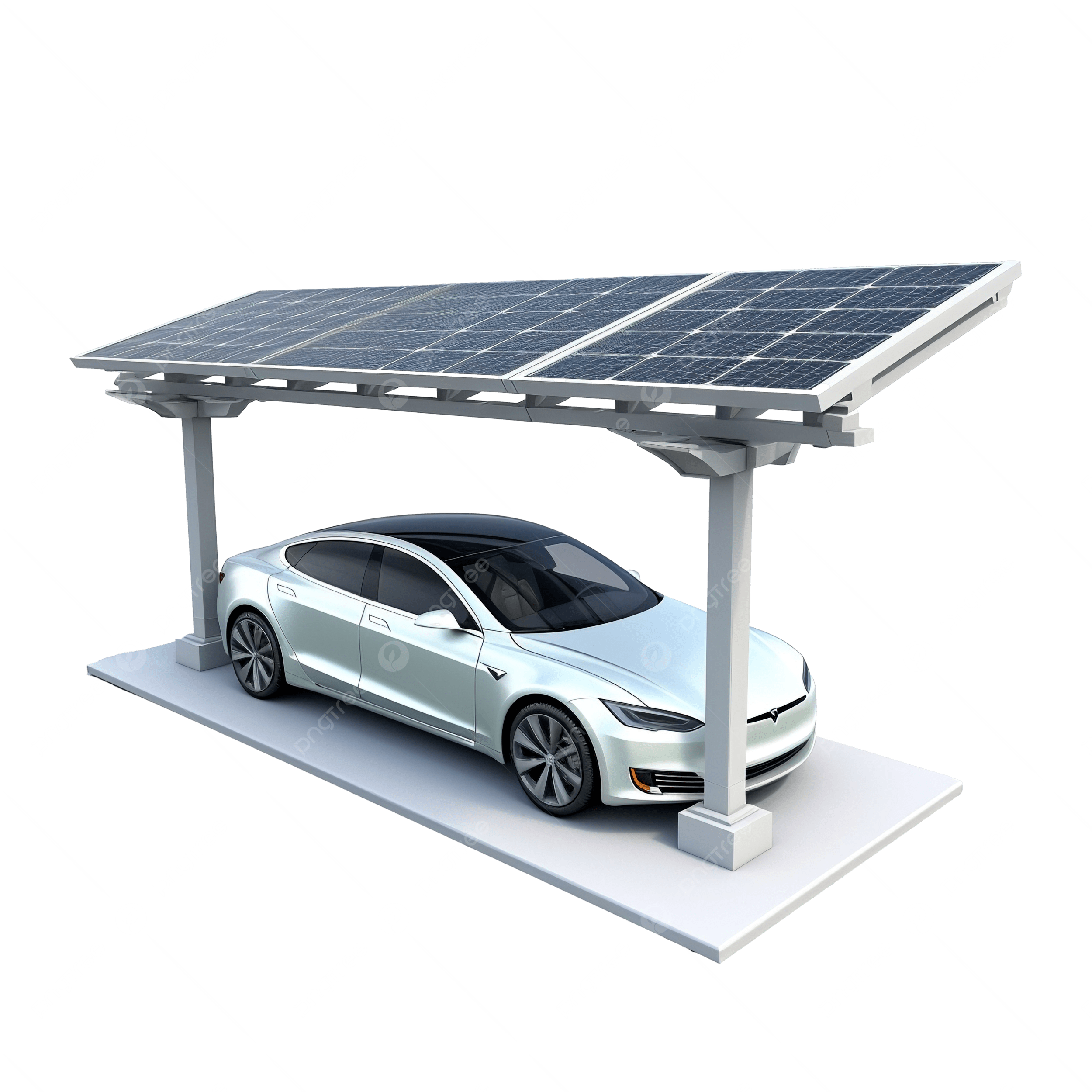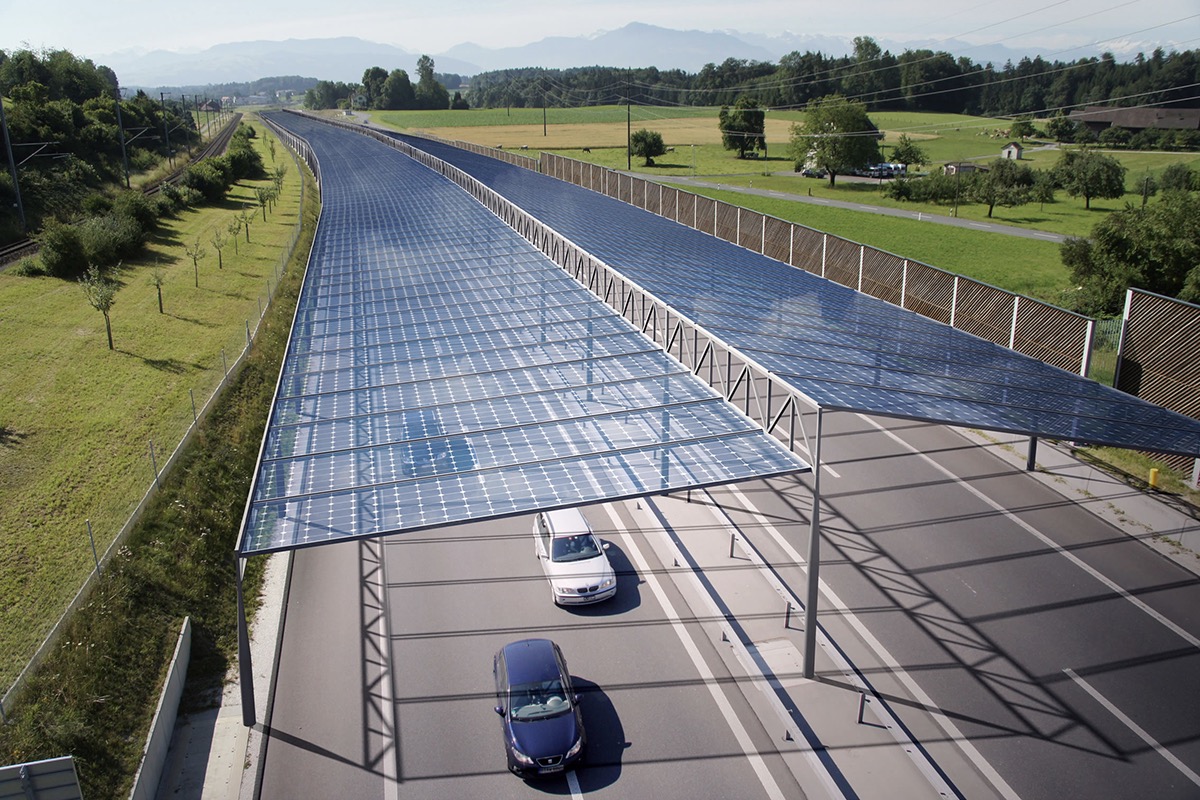In a world racing toward clean energy and sustainable infrastructure, one innovation stands out as a game-changer — solar roads. Imagine a highway that not only helps you reach your destination but also powers your electric vehicle along the way. Sounds futuristic? It’s quickly becoming a reality.
In a world racing toward clean energy and sustainable infrastructure, one innovation stands out as a game-changer — solar roads. Imagine a highway that not only helps you reach your destination but also powers your electric vehicle along the way. Sounds futuristic? It’s quickly becoming a reality.


Solar roads are specially engineered road surfaces embedded with solar panels capable of capturing sunlight and converting it into usable electricity. These panels are often covered with a durable, transparent material strong enough to handle heavy vehicle traffic while still allowing sunlight to reach the photovoltaic cells underneath.
Some advanced solar roads also include:

The core idea behind charging on-the-go is dynamic wireless charging. Coils embedded under the road surface generate electromagnetic fields. When a vehicle equipped with a compatible receiver passes over them, the vehicle's battery gets charged — no need to stop or plug in.
This opens up the possibility of:
Several countries are already testing or implementing solar roads:
Despite the promise, solar roads face a few hurdles:
But as technology improves and costs drop, these challenges are expected to shrink.
In the next 10–20 years, we may see: